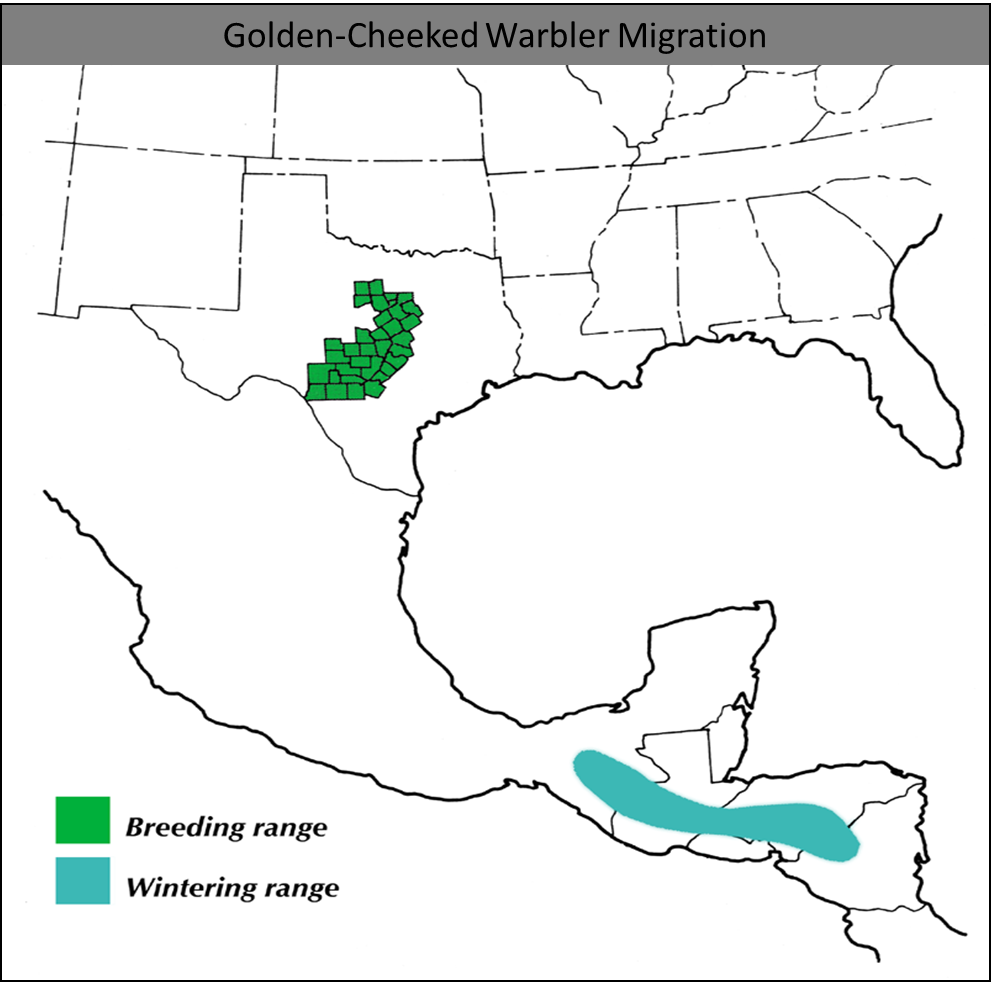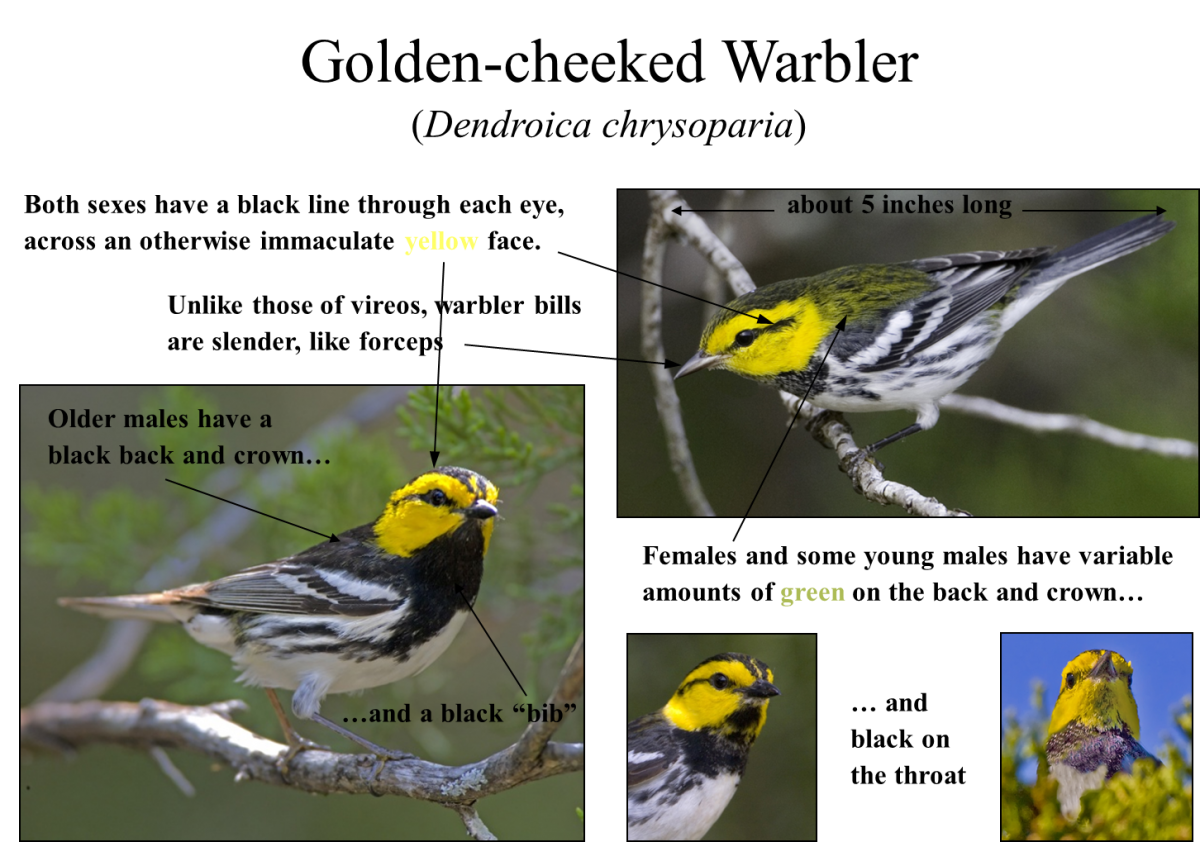From the parking lot at 1201 E. River Ridge Road we could hear and see more than 250 Common Grackles in the leafless pecans. Like a silhouette the black birds filled the tree limbs and carried a conversation that was powerful. In large groups they would fly down to the freshly mowed grass and scour the ground. And so we began our walk though the natural area of 81 acres that bounds the Blanco River in north San Marcos.
 |
| From the parking lot at Blanco Shoals Natural Area |
Stephen Ramirez led a dozen of us through the pecan grove to the river banks with anacua, cypress, cottonwoods, sycamore and mesquite. Bringing great identification skills, describing the difference between two different warblers by their markings, he continued to educate and enhance the birding experience. Each monthly hike brings the handful of regular birders and first-time visitors to the sunrise outing.
During our hour-and-a-half sojourn we saw many different species including the Cedar Waxwing,Great Egret and more. The snags housed three different woodpeckers; Red-bellied, Ladder-backed and Downy. In some cases we heard the drilling sound and then spied the source.
The monthly birding hikes are led by Stephen Ramirez with additional expertise from Colton Robbins. They take place on the first Saturday of each month and the sightings posted on facebook pages, eBird and this blogpost. To join the group contact Stephen@birdsiview.org to be placed on the eMail listing. -- LJ
As reported to eBird our list included:
Duration:
1 hour(s), 30 minute(s)
Distance:
1.5 mile(s)
Observers:
Stephen Ramirez
29 species total
 |
| Blanco Shoals February 19, 2016 |
2 Double-crested Cormorant
1 Great Egret
1 Turkey Vulture
1 Red-tailed Hawk
1 Eurasian Collared-Dove
2 White-winged Dove
5 Mourning Dove
3 Red-bellied Woodpecker
2 Ladder-backed Woodpecker
1 Downy Woodpecker
2 Blue Jay
1 American Crow
4 Barn Swallow
2 Black-crested Titmouse
1 Carolina Wren
2 Ruby-crowned Kinglet
5 Northern Mockingbird
8 European Starling
10 Cedar Waxwing
1 Orange-crowned Warbler
3 Yellow-rumped Warbler (Myrtle)
2 Song Sparrow
1 Lincoln's Sparrow
4 Northern Cardinal
15 Red-winged Blackbird
250 Common Grackle
5 Great-tailed Grackle
2 House Finch
7 American Goldfinch





